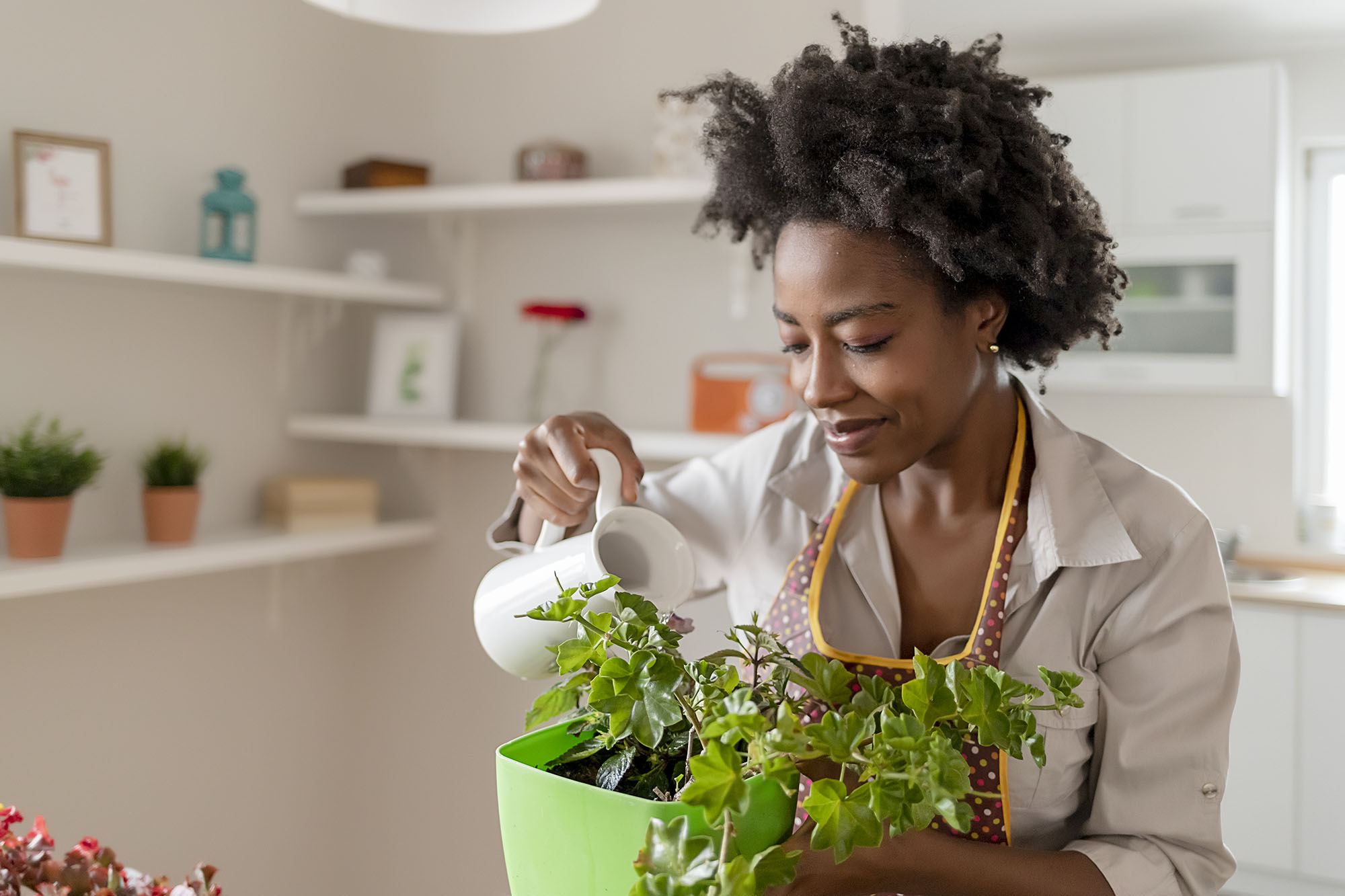A local herbalist unlike a professional herbal doctor, has limited expertise in standardized production of herbal drugs. Standards in herbal production, checks the quality of herbal drugs and consumer safety. It would therefore be genocidal to leave untrained herbalists who are considered the vast majority of herbal drug producers to work on their own terms.
While on quest to making herbal medicine the choice for all, we must consider the quality of herbal drugs we market to the public. Herbal drugs aside being efficacious against diseases and infections must also not pose any threat to the consumer in any way. Priority must therefore be placed on the production processes of herbal drugs to improve their quality.
In today’s article, we would focus majorly on the microbial quality of herbal drugs and how we could train local herbalists to produce drugs that are safe for consumption. The goal of any pharmaceutical microbiologist in a herbal drug unit is to ascertain the quality of herbal drugs. Firstly it’s efficacy against diseases and secondly the probability of the drug to not cause any infection or be poisonous to the consumer.
These priorities ought to have been the goal of every herbalist during production but that’s not the case. Any material present in a herbal drug aside the approved phytochemical constituents, is considered an impurity and a potential poisoning agent to the consumer.
To the pharmaceutical microbiologist, these impurities could be microorganisms like bacteria, viruses, yeast and molds. Though the standards officer permits a reasonable amount of non-pathogenic microorganisms in herbal drugs, they appreciate efforts to eradicate the presence of such. Below are precautions and procedures a local herbalist must follow to ensure the production of high quality drugs
Selection And Storage of Plant Parts
The quality and nature of plant parts is of importance in drug production as it could be a major source of microbial contamination. In modern and standardized institutions, the services of a quality control officer and a botanical systematist are employed to verify the quality-state of the plant parts and identify the species of plant respectively.
Local herbalists must therefore desist from using low-quality plant parts for production – it is a taboo. Again, the herbalists can, if possible harvest desired parts for production from plants they cultivate themselves and this is because the geographical and topographical areas for plant cultivation can be contributing factors to microbial infestation.
But if herbalists cannot afford such services, it would be advisable for them to purchase plant parts from trusted sources and business partners. Dried plant parts must not be saggy and must also not have any growth indication of molds. Molds may appear greyish, greenish and sometimes as yellowish fluffs on the plant part.
These growth are visible and are easily distinguished by the naked eye. Do not use plants parts with molds growth for production( scientist are conducting experiment to ascertain how different extraction methods could maintain quality of herbal drugs after using moldy plant parts).
Sagginess of plant parts can easily be felt by touching. You must note however that these control checks must be done under aseptic techniques with the inspector fully gowned in hygienic clothing(gloves, boots ,coat). If possible, do not talk during inspections.
Plant parts must be stored in a cool dry place under aseptic conditions. Soft plant parts( where required for production) must be aerated efficiently – similarly under hygienic conditions.
Drug Preparation
Preparation of drugs begin thoroughly by rinsing plant parts. Herbalists must endeavor to use distilled water for all cleansing activities.
Where distilled water is not easy to come by, the herbalist may opt for purified drinking water or normal household water but would have to boil the water first. Boiling water means, allow the water to boil( characterized by bubbles and vapor) and then leave on fire for a minimum time of 15 minutes.
Every rinsing or mixing procedure during production must be done by using this boiled water. Which includes washing of dishes, millers, blenders and utensils used for production. Herbalists can also allow wares important in production processes to boil in water at 100 degrees Celsius for about 30 minutes.
It should be noted however that herbalists must conduct such activities while in gloves( industrialized reusable gloves preferably). Benches used for working must be disinfected with 70% alcohol and drying of milled or grounded samples can be done in a microwave, or an industrialized oven( drugs expected to be in powdered form).
For decoctions, extraction methods must be conducted with distilled or boiled water and extraction(through boiling) must be done in hygienic utensils under aseptic techniques.
Packaging of Prepared Herbal Drugs
Decoctions and alcoholic tinctures are normally kept in bottles while powdered herbal drugs are mostly packaged in plastic and paper wrappers. Local herbalists are therefore expected to disinfect bottles and their caps by keeping in boiling water for a minimum of 15 minutes regardless of the bottle processing companies producing them. Powders must be scooped into wrappers using disinfected ladles or spoons under clean and hygienic conditions.
During microbial quality analysis of herbal drugs, the pharmaceutical microbiologist conducts test for specific pathogenic microorganisms( E.coli, Salmonella and S.aureus), microbial coliforms( by comparing the load of colonies to a standardized pharmacopoeia) and yeast and molds growth.
Aside the quality checks, the microbiologist also tests for the efficacy of the herbal drug. The drug risks denial of approval by the standards authority if it fails any of the microbial quality checks.
Catalogue
- Wearing of protective clothing prevents contamination of drugs and secures the safety o the local herbalist
- Working under aseptic techniques prevent contamination by microbes; both pathogenic and non-pathogenic
- Rinsing and cleaning with boiled or distilled water eradicates microbes
- heck for sagginess and moldiness prevents mold and yeast infestation
- 70% percent alcohol is the ideal concentration of alcohol capable of killing microbes
